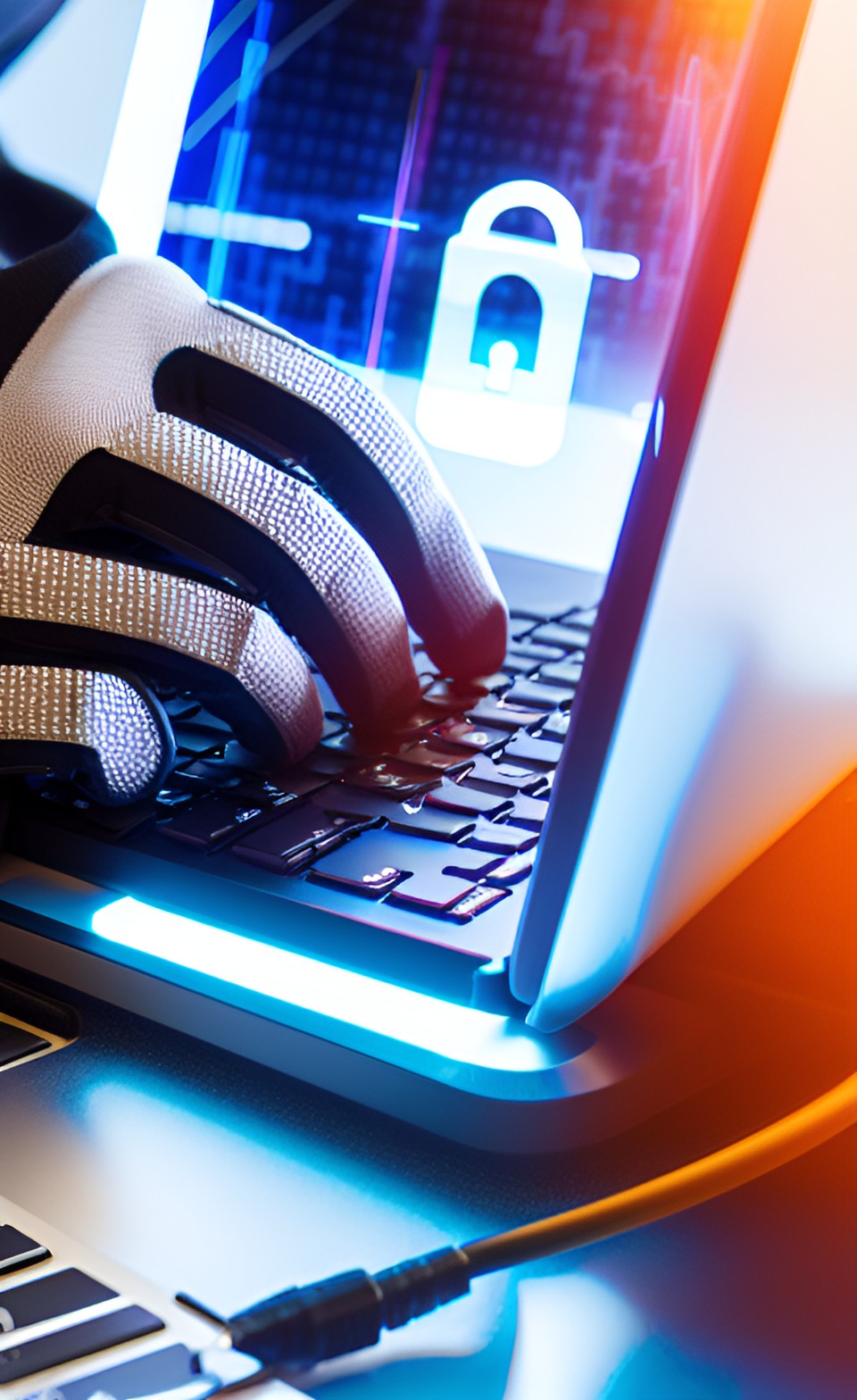Understanding your operations lets us secure your endpoints dark web threats alert fatigue
Our Dark Web Monitoring Services
We provide comprehensive dark web monitoring services to help protect your sensitive data. Our team of experts scans the darkest corners of the web, chatrooms, and forums to identify and mitigate threats. With our advanced tools and expertise, we ensure that your data remains secure and out of the hands of cybercriminals.
Learn MoreOur Endpoint Prevention Services
Discover Deception Technology, providing unparalleled protection against sophisticated threats and unknown viruses. Lightweight and efficient, it safeguards employee endpoints without compromising productivity. Stay ahead with advanced deception techniques, neutralising evolving cyber attacks, and secure your organisation’s critical data.
Learn More
